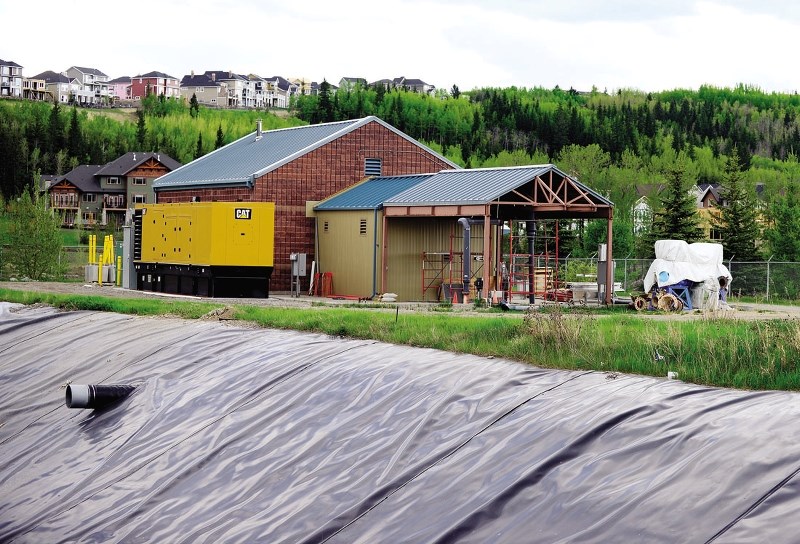The era of modern conveniences has certainly extended into the most private room in the home with the advent of ‘flushable’ wipes and other ‘flushable’ sanitary products.
What many may not realize is that products marketed as ‘flushable’ are far from the first things that should be flushed down the latrine.
According to Rebecca Carroll, water systems technologist with the Town of Cochrane, most of these so-called ‘flushables’ are actually solids that don’t break down and need to be removed from the wastewater system.
“These materials travel through the wastewater system and may cause clogs in either the resident’s system — which can be costly for them — or into our system,” explained Carroll.
“Eventually everything makes it way down to the wastewater transfer system (located in the east end of the off-leash park).”
Carroll said depending on where the wastewater is coming from, the material may pass through 1-2 lift stations along the way; as the wastewater may not flow by gravity, it needs to be pumped to keep it flowing at certain locations to assist in its arrival to the transfer station.
“From the wastewater transfer station, the wastewater is pumped into Calgary to the Calgary system and onto the Bonnybrook Wastewater Plant,” said Carroll, adding that this long travel distance accounts for Cochrane’s higher sewer consumption rate per cubic meter — $2.26 versus Calgary’s rate of $1.
The charge can be seen on the Town of Cochrane’s utility bill; Cochrane residents do pay a significantly lower residential base rate (service fee) of $5.37 than Calgary residents, who pay $16.
Products that Carroll said are increasingly showing up in the wastewater system include ‘flushable’ sanitary wipes, baby wipes, cardboard tampon applicators and even condoms.
Carroll said as ‘flushable’ items continue to climb in popularity among consumers, so has the maintenance for town wastewater maintenance staff; water wells that were cleaned on average once every six weeks are now cleaned every three weeks, for example.
The cost is not only felt by the homeowner and town, but by the environment.
“These materials have to be removed from the system and essentially go to landfill,” said Carroll. “Over the last year there’s definitely been an increase (in these materials) and it’s been on our maintenance team’s radar.”
Learn more about the town’s wastewater system at cochrane.ca.




